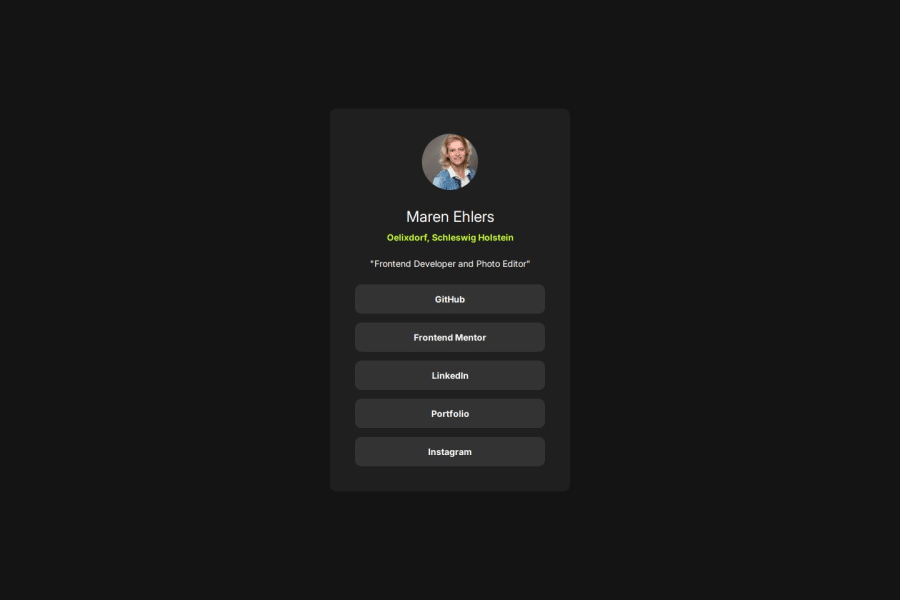
Design comparison
SolutionDesign
Solution retrospective
What are you most proud of, and what would you do differently next time?
👉 I used the clamp() function for padding. This allows to ensure that the padding is larger on larger screens and automatically becomes smaller on smaller screens without explicitly using media queries.
What challenges did you encounter, and how did you overcome them?💡I found the hint for the chrome extension PerfectPixel. Without having the figma design files, I tried to get as close as possible to the design template with the help of the extension.
Community feedback
Please log in to post a comment
Log in with GitHubJoin our Discord community
Join thousands of Frontend Mentor community members taking the challenges, sharing resources, helping each other, and chatting about all things front-end!
Join our Discord
